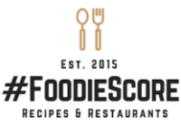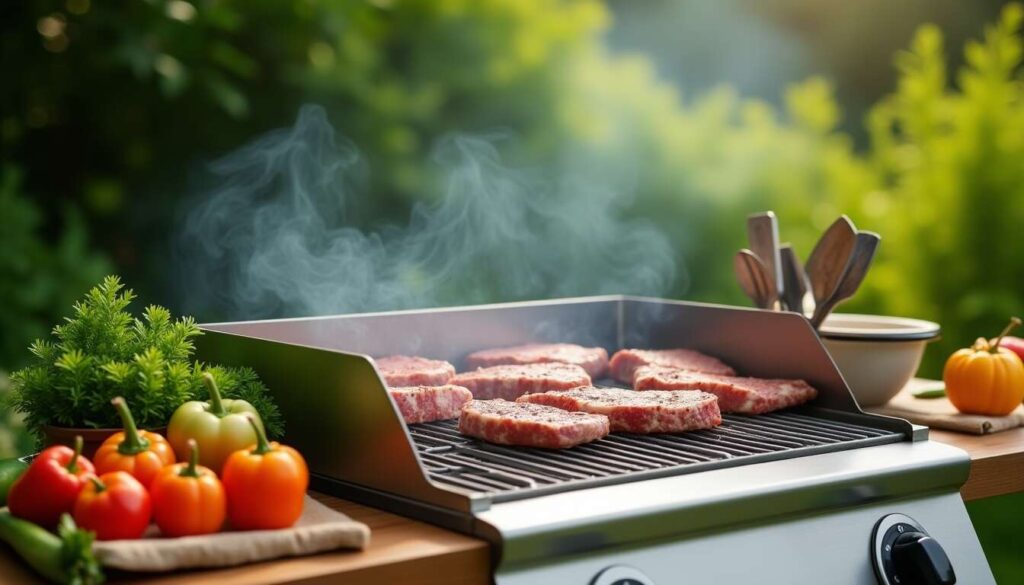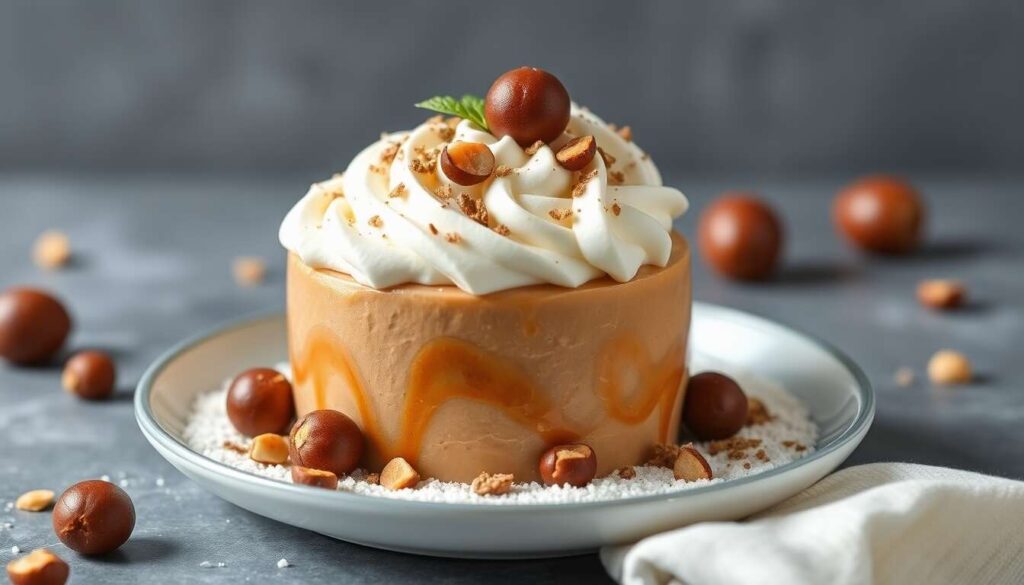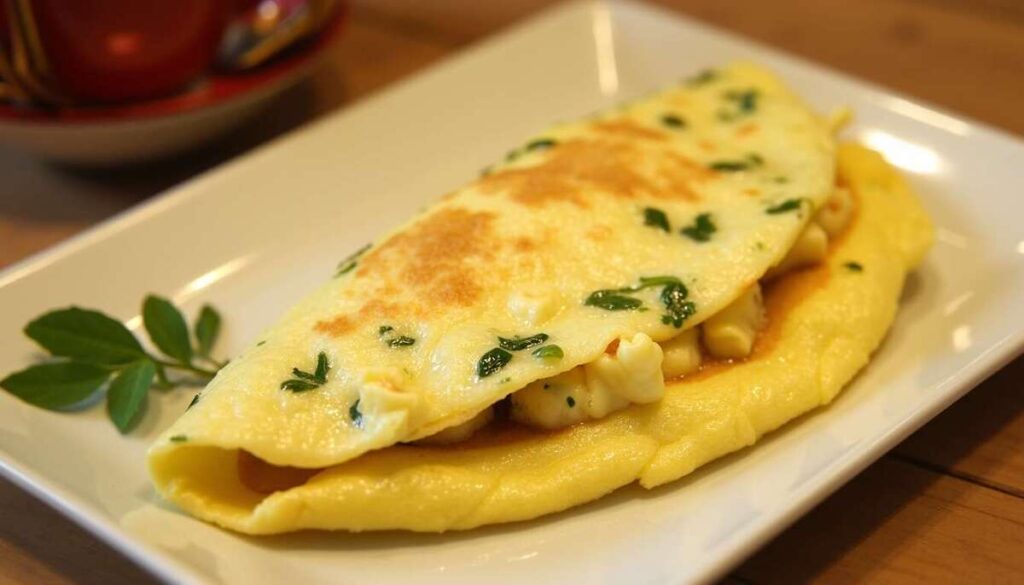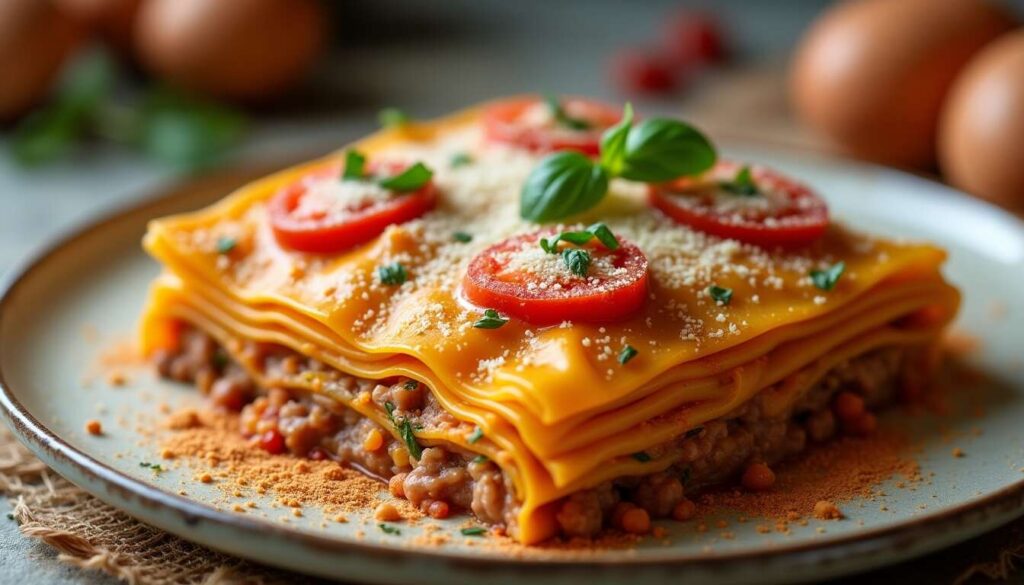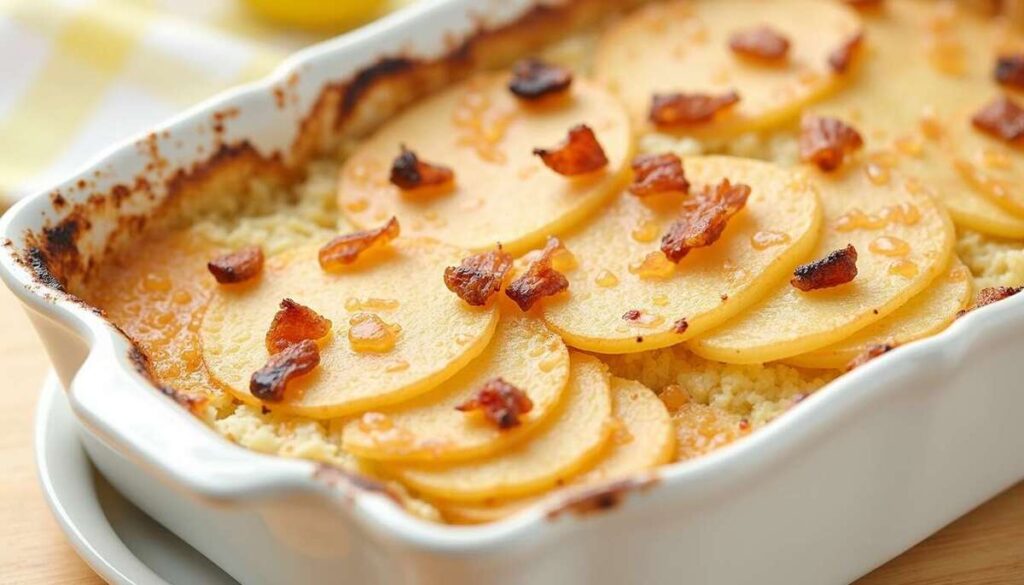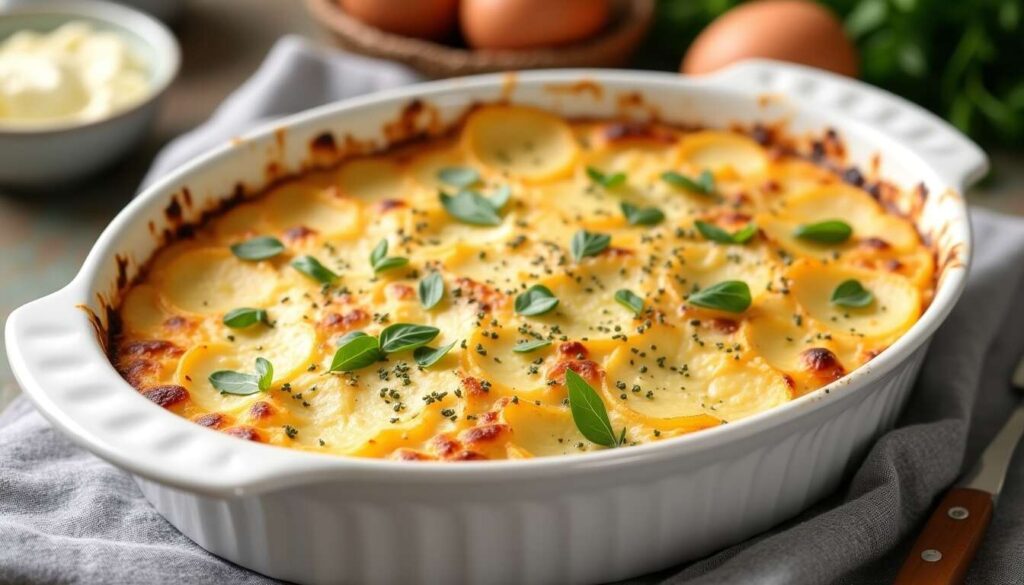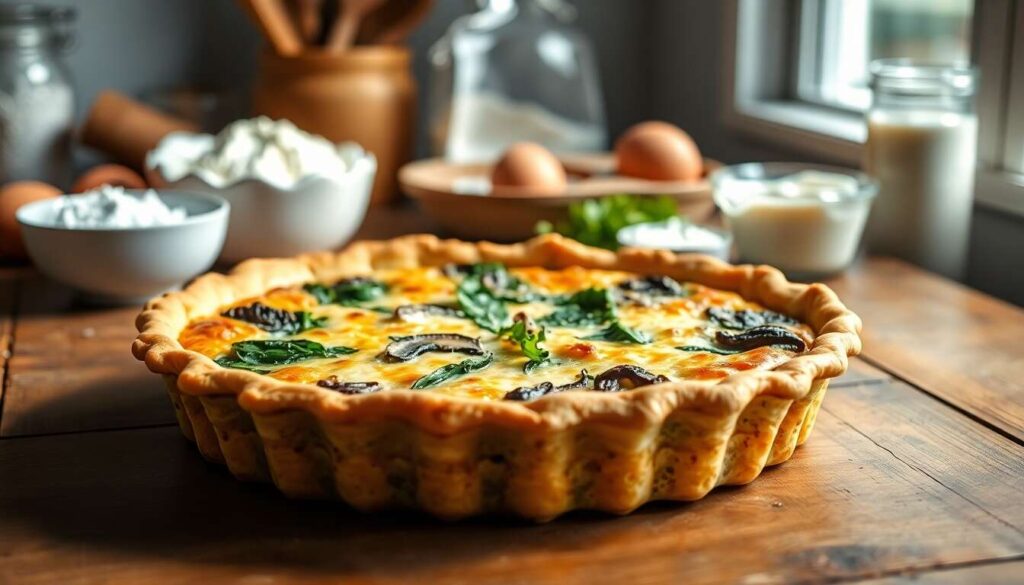Cooking on a plancha has surged in popularity due to its ability to lock in flavors while maintaining a lightness in preparation. A meal prepared on a plancha promises delightful moments of camaraderie and culinary pleasure, provided one steers clear of common pitfalls that could detract from the overall quality. Let’s explore the essential elements to ensure your dishes are delectable and your plancha is used to its full potential.
Choosing the right location for your plancha
Understanding the ideal environment
The placement of your plancha is vital for successful cooking. Ensure that it is situated on a flat and stable surface. An area exposed to the wind can disrupt the heat distribution, leading to uneven cooking.
Avoiding unsuitable areas
Never position your plancha under a tree or any covered space lacking proper ventilation. Such spots pose potential risks related to the vapor emitted during cooking.
Now that you’ve identified the perfect location, let’s discuss how to properly prepare the cooking surface to guarantee delicious dishes.
Properly preparing the cooking surface
Cleaning before each use
Prior to cooking, it is essential to clean the surface of the plancha. Use a spatula to remove any dust or leftover residue from previous cooking sessions. A clean plancha ensures that food does not stick during cooking.
Applying a touch of oil for seasoning
To further prevent sticking, apply a light layer of oil to the hot surface. This also simplifies the post-cooking cleanup.
With your plancha ready, let’s discuss the importance of controlling the temperature according to the different types of foods being cooked.
Mastering the ideal temperature for each food
Knowing the required temperatures
Each type of food requires a specific temperature for optimal cooking:
- Red meats: approximately 250°C for proper searing.
- Fish: around 180°C for perfect cooking.
- Vegetables: 160°C to maintain their crunchiness.
Adhering to these temperatures preserves the texture and flavor of the ingredients.
Using a surface thermometer
To ensure accurate cooking, it is advisable to use a surface thermometer. This will aid you in adjusting the heat levels as needed.
Perfect mastery of temperature paves the way for selecting the right utensils for your plancha.
Using the right utensils to avoid damaging the plate
Opting for wooden or silicone utensils
Metal utensils can scratch the plancha’s surface. Instead, favor wooden or silicone tools that will not mar the plate while facilitating food maneuvering.
Avoiding abrasive cleaners
When cleaning, use non-abrasive products to prolong the life of your plancha. Well-maintained surfaces ensure even cooking and prevent the buildup of food residues.
Once equipped with the right tools, let’s delve into the art of preventing overcooking to better savor your dishes.
Preventing the risks of overcooking
Monitoring cooking times
Adhering to cooking times is crucial. Utilize a timer to avoid overcooking your dishes. Foods that are overcooked lose both flavor and texture.
Adapting cooking based on portion sizes
If preparing smaller portions, adjust the cooking time accordingly. This helps to retain moisture and nutrients in the food.
Now that you’re aware of how to sidestep overcooking, let’s address the quick and easy cleaning process following each use.
Efficiently cleaning the plancha after each use
Hot cleaning: an effective method
After cooking, while the plancha is still warm, use a metal spatula to remove food remnants. Timely maintenance prevents stubborn residue buildup.
Using white vinegar
White vinegar is an excellent degreaser. Apply a small amount to the hot plate and wipe it down with a damp cloth to eliminate any remaining grease.
Following a thorough cleaning, let’s focus on selecting oils to ensure a healthy and flavorful cooking experience.
Selecting appropriate oils for healthy cooking
Choosing oils with a high smoke point
Using suitable oils is crucial. Opt for oils with a high smoke point to avoid the formation of harmful compounds:
- Peanut oil
- Olive oil for Mediterranean flavors
- Sesame oil for an Asian twist
Limiting the use of saturated fats
Avoid saturated oils as they can alter the taste of your dishes and be detrimental to your health. Always prioritize quality and moderation in your choices.
With optimized oil selection comes the importance of regular maintenance to prolong your device’s lifespan.
Anticipating the regular maintenance of your plancha
Implementing a seasonal maintenance schedule
It is advisable to conduct a thorough maintenance check at the start and end of each season. This includes checking burners and gas circuits for gas planchas.
Properly storing the plancha
When not in use, cover your plancha to protect it from moisture and dust. A suitable shelter extends the lifespan of your appliance and guarantees optimal performance each time you use it.
After exploring these various aspects, it is evident that cooking on a plancha requires careful attention to detail to preserve the quality of your dishes while ensuring the longevity of your equipment.
By heeding these tips, you not only enhance your social moments but also improve the performance and durability of your plancha. Each step, from preparation to maintenance, contributes to enriching your culinary experience and ensuring savory results. Make sure to take care of your device for successful meals at any time.
